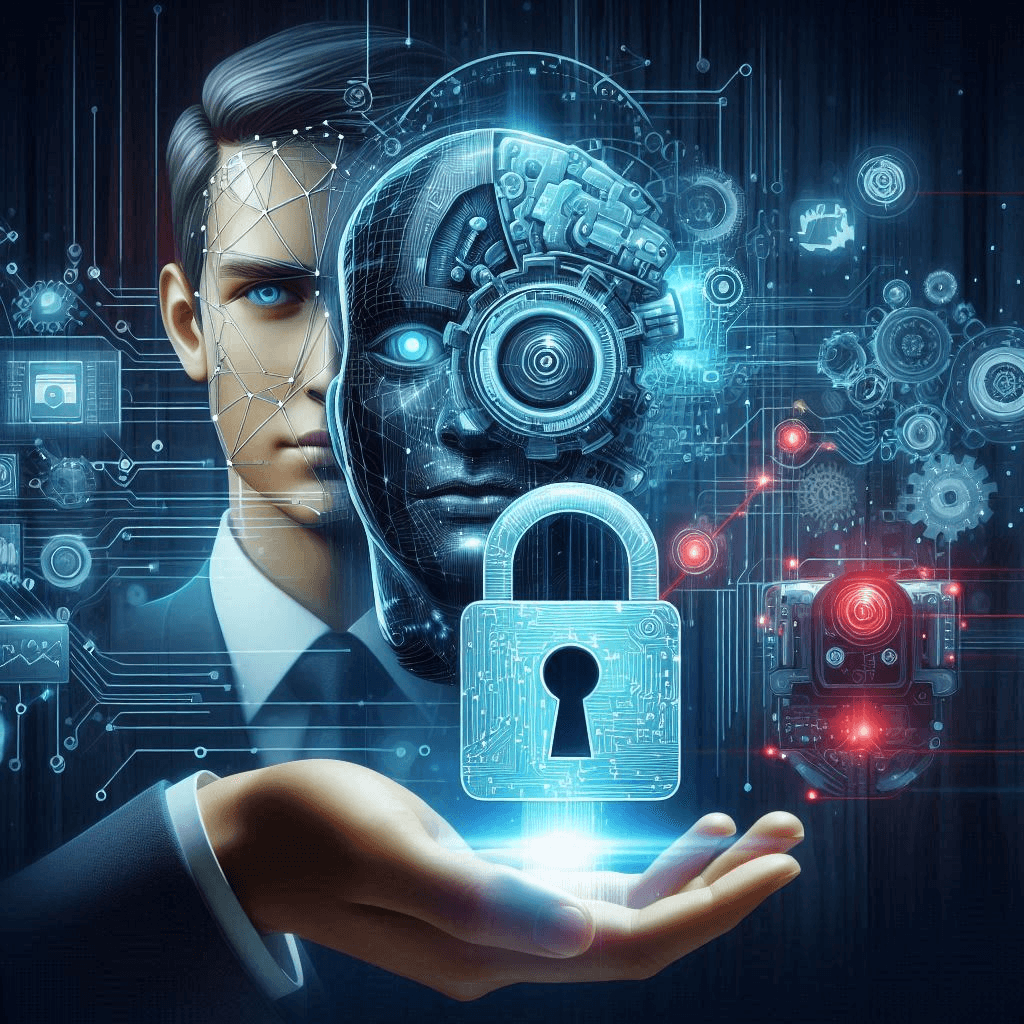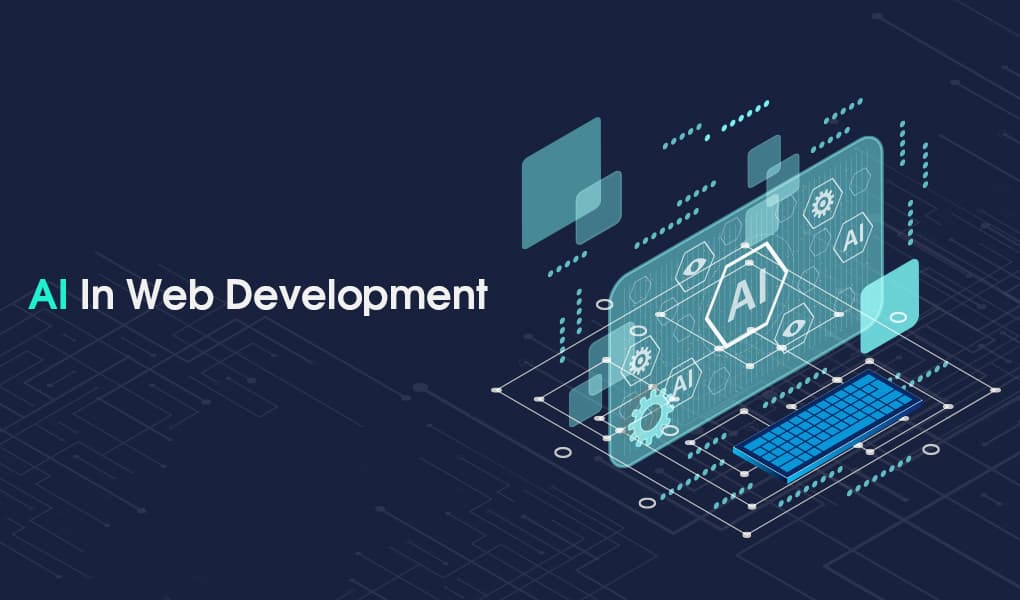Unlock the Power of Machine Learning and Artificial Intelligence: A Detailed Guide

Unlock the Power of Machine Learning and Artificial Intelligence: A Detailed Guide
In today's data-driven world, machine learning (ML) and artificial intelligence (AI) are transforming industries and empowering individuals. From self-driving cars to personalized healthcare, ML and AI are shaping our future. This comprehensive guide will delve into the fundamentals of these technologies, exploring their impact and practical applications.
Machine Learning: Empowering Computers to Learn
ML is a subset of AI that enables computers to identify patterns and make predictions based on data. Key points to understand include:
- Statistical models learn from historical data, making accurate estimates for future observations.
- ML algorithms optimize these models to minimize errors and improve performance.
- Supervised learning uses labeled data, while unsupervised learning discovers patterns without labeled data.
Artificial Intelligence: Intelligence Beyond Programming
AI encompasses a broader range of technologies that allow computers to perform tasks typically requiring human intelligence. Some fundamental concepts of AI include:
- Natural language processing (NLP) enables computers to understand and generate human language.
- Computer vision allows computers to interpret and analyze visual data, such as images and videos.
- Expert systems combine domain knowledge and problem-solving abilities for specific tasks.
Real-World Applications of ML and AI
The applications of ML and AI are vast and rapidly expanding. Notable examples include:
- Healthcare: Predicting disease risks, personalized medicine, drug discovery.
- Finance: Fraud detection, stock market analysis, personalized financial recommendations.
- Retail: Product recommendations, demand forecasting, customer segmentation.
Benefits and Limitations
While ML and AI hold immense potential, it's important to recognize their limitations:
- Data dependency: Algorithms require large and diverse datasets for effective learning.
- Bias and fairness: Algorithms can inherit biases from the data used to train them.
- Job displacement: ML and AI automation may lead to job losses in certain industries.
Conclusion
Machine learning and artificial intelligence are powerful tools that are revolutionizing numerous aspects of our lives. By understanding their fundamentals, applications, and limitations, we can harness their potential to drive progress and enhance our world. Consider how you can leverage ML and AI in your field or personal life. As these technologies continue to evolve, let's embrace their transformative power while addressing their ethical and practical implications.


